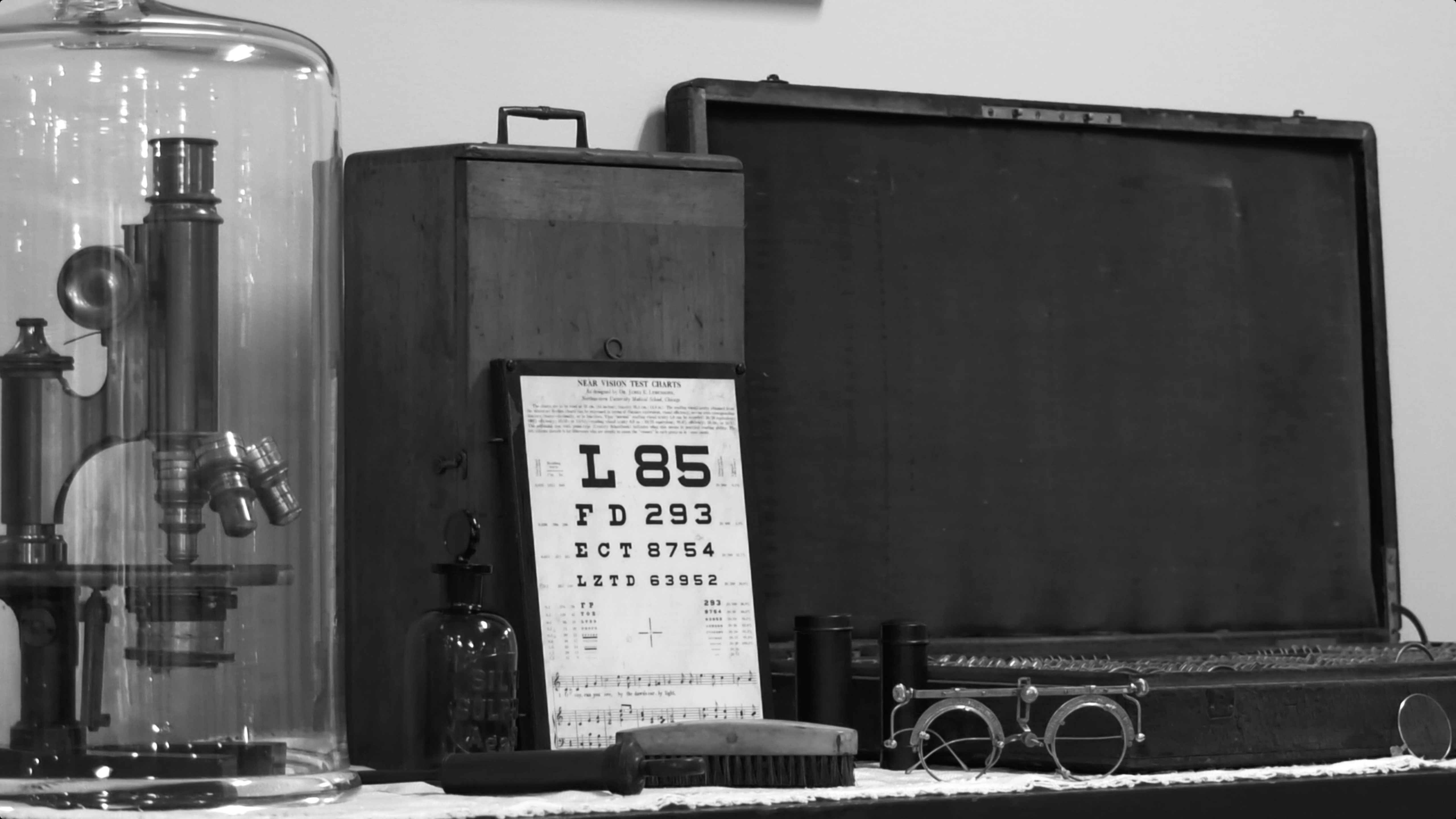By Elizabeth Coss and Christopher Gillett
National Doctor’s Day is a holiday dedicated to physicians and medical doctors for their work which is celebrated on March 30.
While Youngstown State University does not have a medical school, it works with many doctors through the Mercy Health office on campus, or bringing in outside physicians to work with students in the BaccMed program.
Dr. James Kravec, the chief clinical officer of Mercy Health in Youngstown and Lorain, Ohio, comes to YSU to educate students in healthcare-related majors. He said he loves giving back to the community and university that taught him.
“YSU was a very important part of my life,” Kravec said. “It’s a fascinating opportunity to have a student come in with a little bit of uncertainty and leave with knowledge about what he or she wants to do with her career. And to say I was a little part of it for some students is very important [to me].”
Kravec also said he enjoyed taking care of his community, including when he first started working.
“In the early part of my career I took care of patients in hospice. That was a very important part of my career and I loved working with hospice patients and making sure that I was able to care for patients at the end of life. That was very important for families, for the patients themselves [and] for their comfort,” Kravec said.
The role of physicians, doctors and nurses has changed over the past 150 years, along with drastic improvements for healthcare.
In the 1800’s, local healthcare physicians focused on at-home care where patients would receive aid aimed at a variety of issues.
Cassie Nespor, the curator for the University Archives and the Rose Melnick Medical Museum, said the role of a physician used to vary within a community.
Nespor explained Youngstown was no different, as Henry Manning — one of the first doctors in the Youngstown area in the early 1800’s — was involved in a variety of occupations and services.
“[Manning] owned a big farm, so most of his income came from actually the products of the farm,” Nespor said. “He also held other posts — he was the head of the school board and he was the postmaster general … he was involved in a whole bunch of other things because he was somebody of that status in the community.”
However, since the 1800’s, Nespor said medical education has come a long way.
She explained that before the creation of Northeast Ohio Medical University and other consortiums, the first kinds of doctors in the Mahoning Valley could either apprentice or study at a handful of medical schools, where much of their studies were focused on readings, instead of patient care.
Haley Morgan, a junior nursing major, has many family members in the medical field and said doctors commit a lot to their occupation.
“I look up to them, the work they do is incredible,” Morgan said. “The extent that doctors go to, including their hours and how much they dedicate themselves to patient care … that’s just a lot of work.”
Morgan said recognizing physicians through a holiday like National Doctor’s Day acts as inspiration for incoming students who may want to become doctors.


